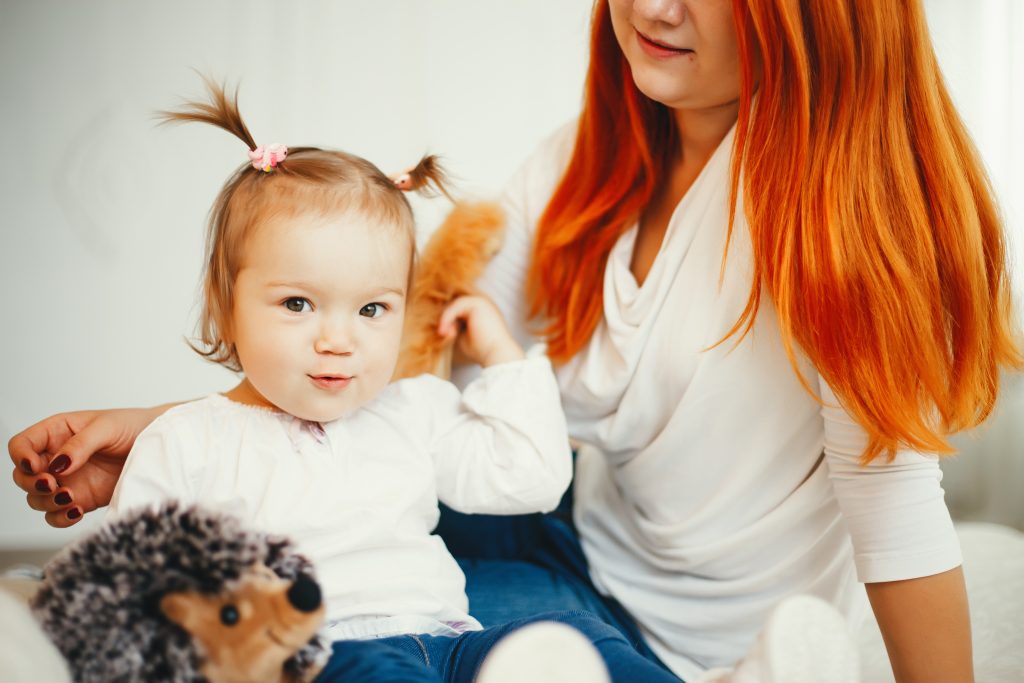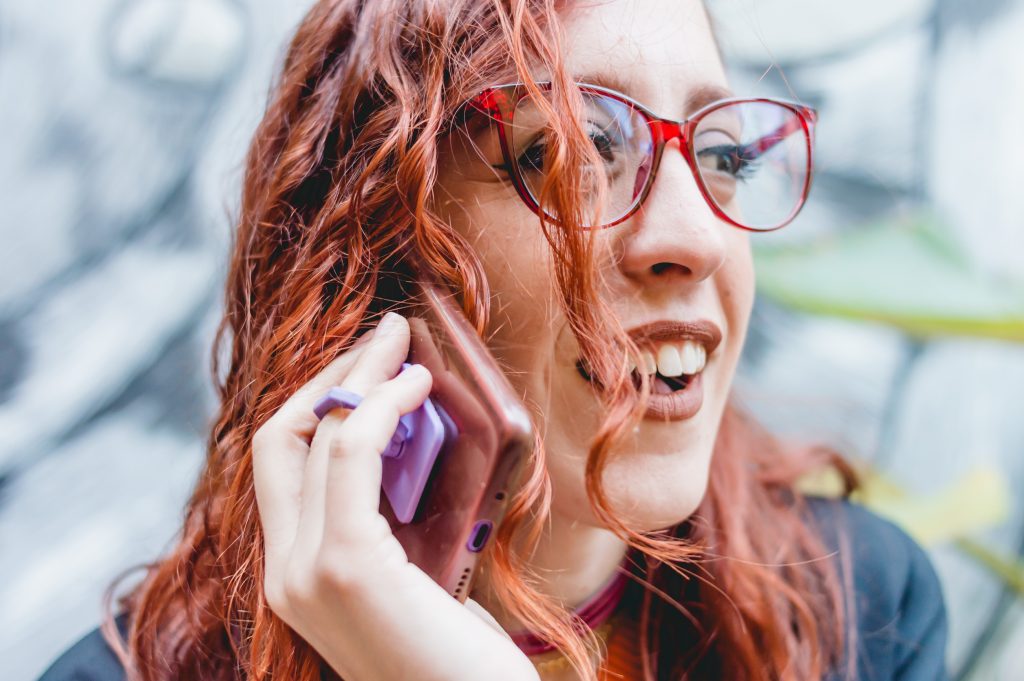
Hiring a babysitter should bring peace of mind, not added stress. But how can you be sure your child is truly safe when you’re not around? Many parents don’t realize the small steps that can make a huge difference in babysitter safety. Whether it’s your first sitter or your fifth, these eight tips can help you feel more secure. Trust is important—but preparation is even better.
1. Always Do a Background Check
Even if it’s someone you know, run a quick background check. Ask for references, and don’t skip calling them. You want to know about past experiences, strengths, and any red flags. Trust your gut if something feels off. A few extra minutes of research can prevent future stress.
2. Introduce Them Gradually
Let your child meet the babysitter with you present before leaving them alone together. Watch how they interact—does the sitter talk directly to your child, show patience, and respect boundaries? Gradual introductions build comfort for everyone. Stay nearby during the first few visits if possible. You’ll see how they manage behavior and handle small issues.
3. Go Over House Rules Clearly
Don’t assume sitters know your family’s boundaries. Explain rules around bedtime, snacks, screen time, and who’s allowed in the house. Write everything down in a quick-reference note for them. Clear expectations reduce confusion and help your sitter feel confident.
4. Create an Emergency Plan
Make sure your sitter knows what to do in case of fire, injury, or illness. Leave a printed list of emergency contacts and allergy or medication details. Walk them through the plan so they feel prepared, not overwhelmed. The more they know, the faster they can react if needed. Preparation can be a lifesaver.
5. Use Check-Ins

It’s okay to check in with a quick text or call. Let your sitter know you’ll be doing this ahead of time—it’s not about mistrust but staying connected. A short update helps ease your mind and keeps communication open. If something feels off, you’ll know sooner. And it shows your sitter you’re involved and paying attention.
6. Trust Your Child’s Feedback
After the babysitter leaves, ask your child how they felt. Were they comfortable? Did anything happen that made them nervous or confused? Kids may not always know how to describe bad behavior, so listen closely to tone and body language. If something doesn’t sit right, follow up.
7. Use Video or Audio Monitoring
If it helps your peace of mind, install a baby cam or audio monitor in main play areas. Let the sitter know in advance—transparency matters. Most professional sitters won’t mind, and it offers another layer of safety. This can also help you give helpful feedback if you notice anything. Just don’t forget to review footage only if needed, not obsessively.
8. Build a Trusted Sitter List
Once you find a great babysitter, keep them close! Share recommendations with other parents, and ask for theirs in return. Building a reliable babysitter list gives you options and peace of mind. These are the people you’ll trust when something unexpected comes up. A strong network makes everything easier.
Safety Starts with Preparation
A little preparation goes a long way in babysitter safety. Trust your instincts, stay involved, and make communication a priority. With the right steps, you can walk out the door knowing your child is in good hands. Parenting is hard—but feeling safe when you step away shouldn’t be.
What do you always check before hiring a babysitter? Drop your top tip in the comments!
Read More:
Leave a Reply